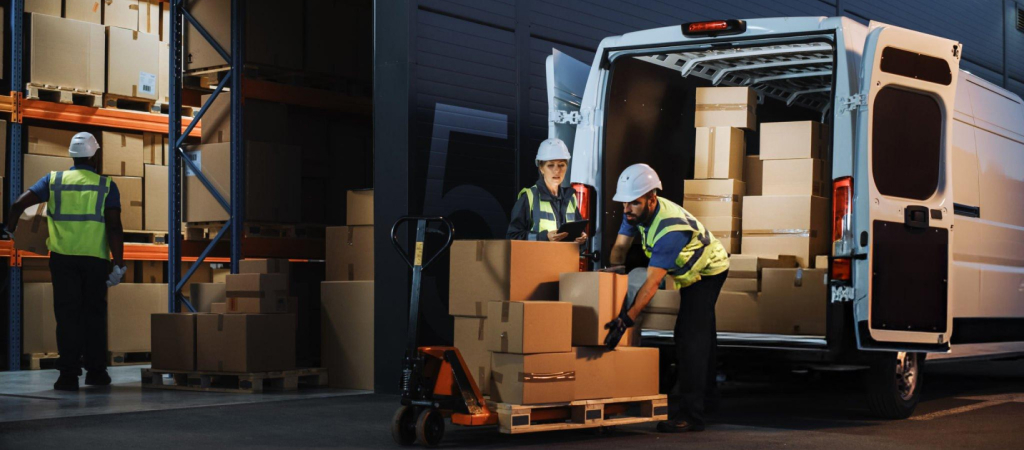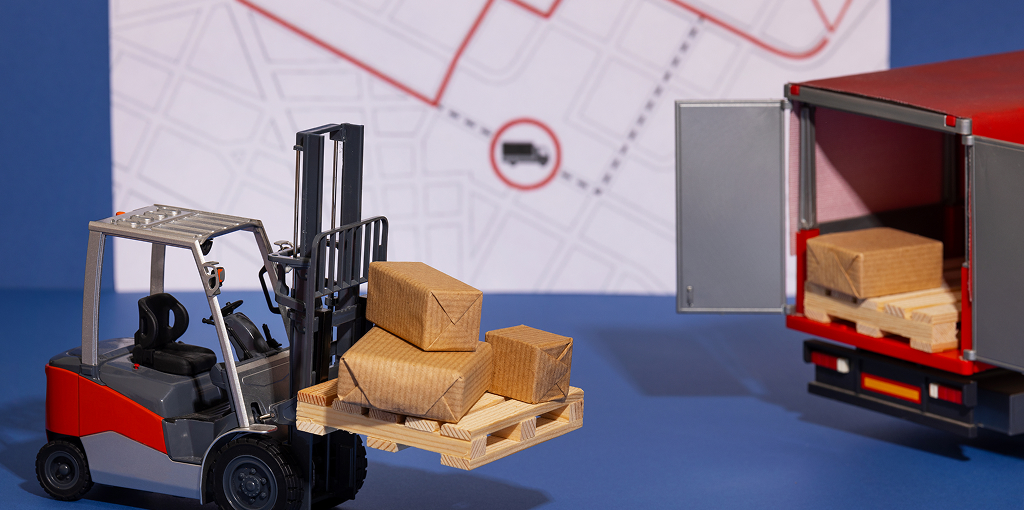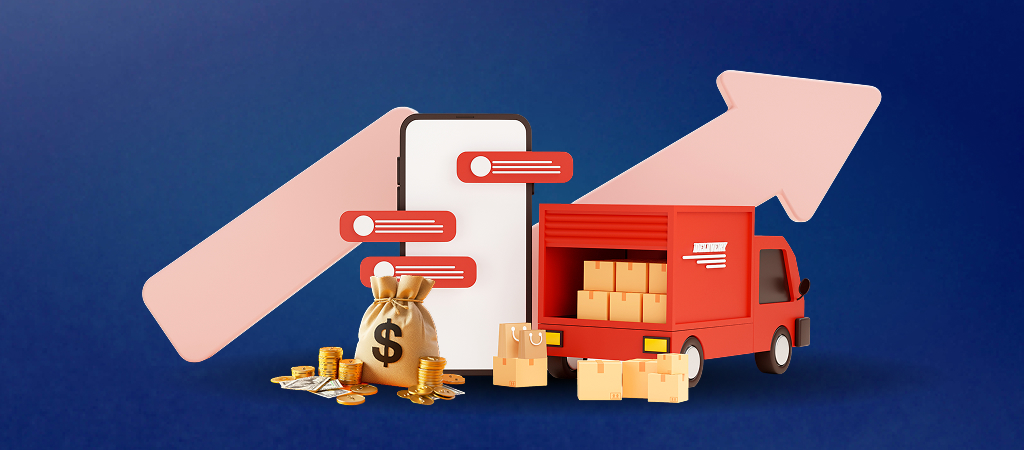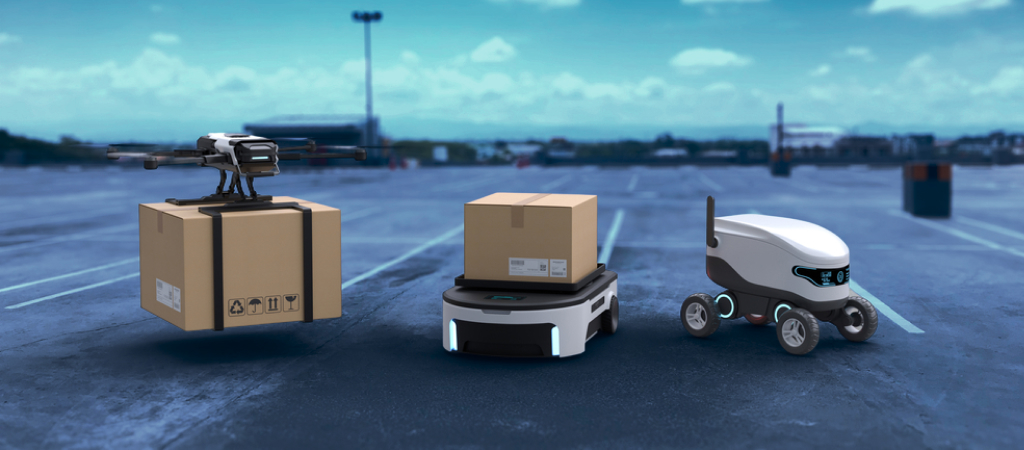The explosion of e-commerce and rising consumer expectations have transformed last-mile delivery from a logistics function into a critical business differentiator. As cities grow denser and demand for faster, cheaper, and more sustainable deliveries increases, companies face unprecedented challenges in executing last-mile logistics in urban environments.
This blog explores the key obstacles to urban last-mile delivery, their impact on businesses and city ecosystems, and the innovative solutions emerging to make last-mile delivery smarter, faster, and greener.
What is Last-Mile Delivery?

Last-mile delivery refers to the final leg of the logistics journey — the movement of goods from a distribution hub to the end customer’s doorstep. It may be the shortest physical distance, but it’s often the most complex, costly, and inefficient part of the supply chain.
According to reports, last-mile delivery can account for over 50% of total shipping costs. In urban areas, these challenges are magnified by traffic congestion, parking limitations, regulatory constraints, and consumer behavior.
Why Urban Areas Are So Challenging for Last-Mile Delivery

Urban centers are hotbeds for e-commerce activity, but they also create logistical headaches. Here's why:
1. Traffic Congestion
Heavy vehicular and pedestrian traffic in urban areas causes significant delays, making route planning unpredictable. Delivery drivers often get stuck in jams, especially during peak hours.
2. Limited Parking and Loading Zones
Finding legal and convenient parking is one of the biggest bottlenecks in urban last-mile delivery. Drivers often park illegally, risking fines and further delays.
3. High Delivery Density
While high-density areas provide an opportunity for bundling multiple deliveries near, they also lead to complex navigation, building entry issues, and increased failed delivery attempts.
4. Regulatory Restrictions
Cities often impose restrictions on delivery truck access during certain hours or limit vehicle sizes in specific zones to reduce congestion and pollution. These rules require constant route and fleet adjustments.
5. Consumer Expectations
Today’s urban consumers expect same-day or even one-hour deliveries, with real-time tracking, flexible delivery windows, and eco-conscious packaging—all of which add pressure to an already stretched last-mile system.
Impact of Inefficient Last-Mile Delivery

The repercussions of failing to optimize last-mile delivery can ripple across the entire supply chain and customer experience:
- Increased costs due to labor, fuel, route changes, and failed deliveries
- Negative customer experiences from delayed or missed deliveries
- Higher carbon footprint, especially from stop-and-go traffic
- Lost competitive edge, as consumers shift to brands with better delivery performance
Innovative Solutions for Urban Last-Mile Delivery

Overcoming last-mile challenges requires a multi-dimensional approach that blends technology, operations, partnerships, and urban planning. Let’s explore the most promising solutions transforming last-mile logistics.
1. Micro-Fulfillment Centers (MFCs) & Dark Stores
Urban warehouses or dark stores bring inventory closer to the end customer. These smaller, localized distribution hubs reduce delivery times and costs.
Example: Amazon and Walmart are setting up micro-fulfillment hubs inside or near cities to fulfill same-day or 2-hour deliveries.
Benefits:
- Reduces delivery distance and time
- Enables rapid re-routing based on local demand
- Supports flexible delivery slots and faster returns
2. Smart Route Optimization
AI and machine learning are being used to calculate the most efficient delivery routes in real time, accounting for traffic, weather, roadblocks, and customer preferences.
Example: Platforms like Routific and Onfleet help logistics companies dynamically optimize routes and notify customers of ETAs.
Benefits:
- Lower fuel costs and emissions
- Fewer missed or delayed deliveries
- Improved customer satisfaction
3. Electric Vehicles (EVs) & Cargo Bikes
Sustainable, compact, and city-friendly vehicles are key to tackling urban mobility issues.
- Electric vans and bikes reduce emissions and can access zones restricted to traditional vehicles.
- Cargo bikes are especially efficient in European cities for low-volume, high-frequency deliveries.
Example: DHL and UPS have introduced electric tricycles and bikes in cities like New York, London, and Amsterdam.
Benefits:
- Eco-friendly and quiet
- Can maneuver through traffic and narrow streets
- Avoid fuel cost volatility
4. Parcel Lockers & Pickup Points
By delivering to smart lockers or neighborhood pickup points, companies reduce the need for repeated delivery attempts and give customers greater flexibility.
Example: Amazon Hub Lockers and FedEx Hold-at-Location programs are available at retail stores and public spaces.
Benefits:
- Consolidated deliveries reduce trips
- Enhances first-attempt delivery success rate
- Lower operational costs
5. Crowdsourced Delivery Networks
Using gig workers or local partners to fulfill last-mile delivery (similar to UberEats or DoorDash) gives companies on-demand, scalable delivery capacity without maintaining a full-time fleet.
Example: Postmates and Instacart use crowd logistics for real-time, short-range deliveries.
Benefits:
- Rapid scalability during peak hours
- Lower overheads
- Flexible workforce
6. Delivery Drones & Autonomous Vehicles
While still emerging, drones and autonomous bots are being tested for short-distance, last-mile deliveries in urban and suburban zones.
Example: Starship Technologies’ delivery bots operate on sidewalks in select U.S. college campuses and suburbs.
Benefits:
- Bypass traffic congestion
- Lower long-term delivery costs
- Contactless and low-emission solution
7. Real-Time Customer Communication
Last-mile success isn’t just about logistics—it’s also about managing customer expectations. Real-time tracking, delivery window selection, and instant alerts can reduce failed delivery attempts.
Example: SMS and app-based alerts from companies like Uber and Amazon let users track packages live and provide delivery instructions.
Benefits:
- Boosts transparency and trust
- Reduces missed deliveries
- Allows dynamic re-routing based on customer availability
8. Urban Consolidation Centers (UCCs)
City governments are experimenting with centralized hubs where goods from multiple companies are consolidated before being dispatched to nearby locations.
Example: Paris and London have piloted UCCs to reduce congestion and emissions.
Benefits:
- Minimizes multiple vehicles from different companies on the same routes
- Promotes shared infrastructure
- Improves air quality in cities
9. AI-Driven Demand Forecasting
Predictive analytics helps companies stock the right inventory at the right location by analyzing historical demand, seasonality, and traffic trends.
Benefits:
- Increases delivery accuracy
- Reduces waste and excess inventory
- Improves fulfillment speed
Role of City Governments & Policy
Urban last-mile logistics don’t exist in a vacuum. City planners, regulators, and governments must collaborate with businesses to create sustainable urban delivery ecosystems.
Policy Suggestions:
- Dedicated delivery zones and curb space
- Incentives for EV adoption
- Flexible delivery hour regulations (e.g., night-time delivery zones)
- Investments in public-private partnerships for logistics infrastructure
Case Study: UPS Access Point in New York City
Challenge: Delivery trucks were facing constant parking violations, high congestion, and missed delivery attempts.
Solution: UPS partnered with local businesses to create Access Points—secure locations where customers can collect packages at their convenience.
Impact:
- Reduced failed deliveries by 30%
- Cut vehicle idle time by 20%
- Improved customer flexibility and satisfaction
Future Outlook: The Road Ahead
The future of last-mile delivery in urban areas lies in building a hybrid model that integrates:
- Technology
- Decentralized fulfillment
- Sustainable vehicles
- Smart city planning
Success will depend on collaboration between logistics firms, tech providers, city officials, and consumers.
Final Thoughts
Urban last-mile delivery is one of the most complex challenges in modern logistics, but it’s also a ripe area for innovation. As cities evolve and consumers demand more convenience, businesses must adopt agile, data-driven, and environmentally friendly solutions.
By combining cutting-edge technologies with smarter infrastructure and policies, companies can not only overcome the last-mile challenge, but they can also turn it into a competitive advantage.
FAQ’s
- What is last-mile delivery, and why is it important?
Last-mile delivery is the final step of order fulfillment, directly impacting customer satisfaction, delivery speed, and logistics costs, especially crucial in densely populated urban areas. - What causes last-mile delivery issues in cities?
Urban congestion, parking shortages, complex building access, regulatory restrictions, and high delivery density make efficient, timely deliveries difficult in cities. - How can businesses reduce last-mile delivery costs?
They can use route optimization tools, micro-fulfillment centers, delivery lockers, electric vehicles, and crowdsourced delivery models to cut last-mile costs. - What technologies help solve urban last-mile challenges?
AI route planning, real-time tracking, electric bikes, autonomous bots, and smart lockers streamline urban deliveries and improve efficiency. - How can cities support better last-mile delivery?
By enabling dedicated delivery zones, promoting green vehicles, optimizing curb usage, and partnering with logistics providers for smart urban planning.




